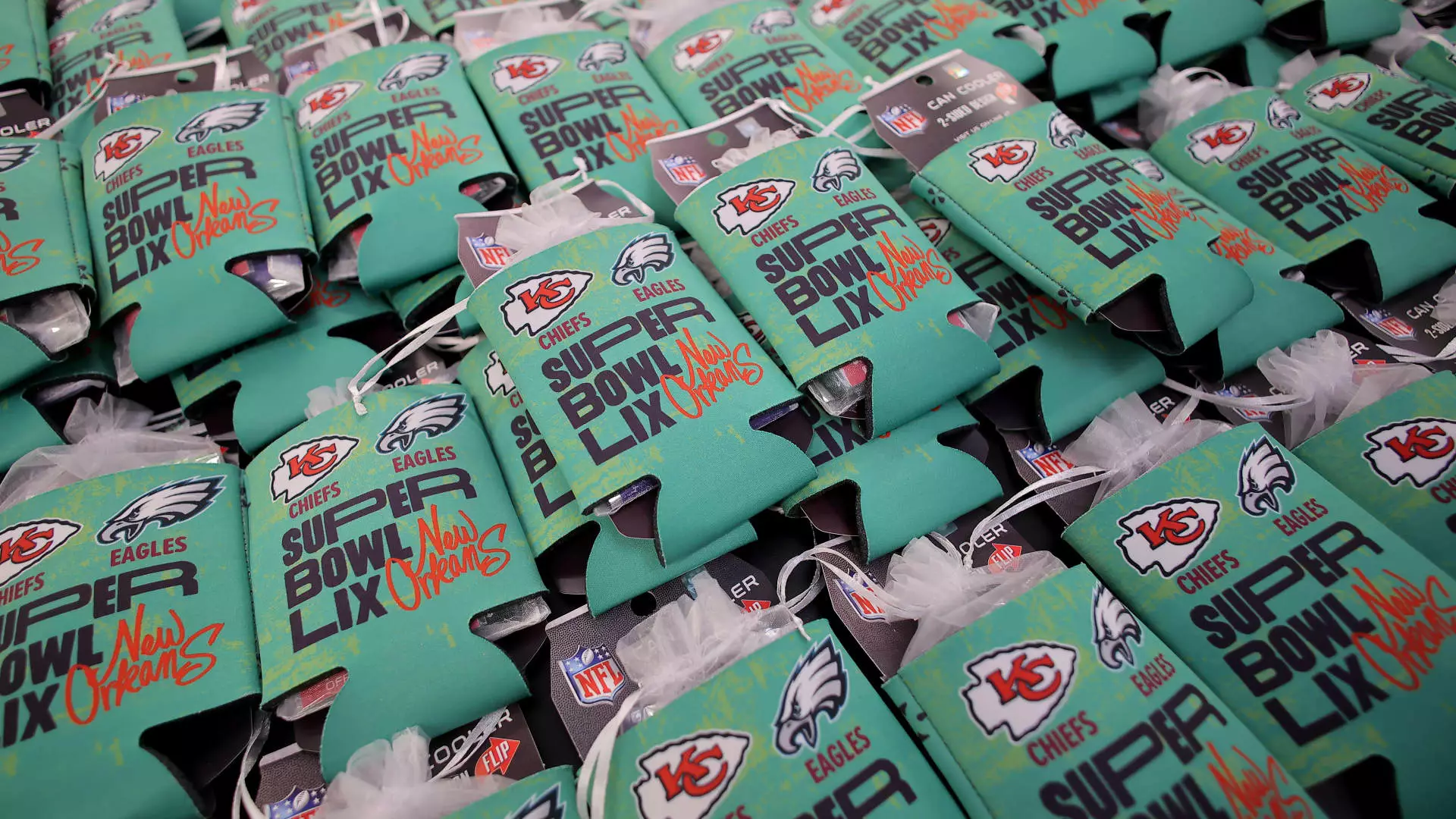In the realm of advertising, few events capture the attention of the public quite like the Super Bowl. With advertisers willing to fork over up to $8 million for a mere 30 seconds of airtime during this year’s Super Bowl 59, the question arises: is this substantial investment truly justified? As we delve into the nuances of Super Bowl advertising in the evolving media landscape, we can unravel the complexities that make this marketing opportunity so enticing.
When it comes to live programming, the Super Bowl stands alone. Amy Leifer, DirecTV’s chief advertising sales officer, highlights the unique advantage of reaching over 100 million viewers simultaneously. In an era where audience fragmentation is the norm, such density in viewership is increasingly rare. One of the salient points raised by media industry experts is that there is currently no other platform — traditional or digital — that can guarantee such an extensive audience in real-time. Last year, more than 123 million viewers tuned into this premier sporting event, leading to an astonishing estimated ad revenue of around $550 million for companies that opted for in-game placements, according to GroupM.
Despite the rising trend of digital and social media marketing, the efficacy of traditional television advertising remains pronounced. This is particularly pertinent for sports programming, which continues to attract a plethora of ad dollars compared to other less engaging content. Networks capable of broadcasting live events like the Super Bowl are positioned favorably amidst an otherwise challenging landscape characterized by a decline in conventional cable subscriptions.
In terms of return on investment, Super Bowl ads outperform the average primetime offerings significantly. Research from EDO reveals that last year’s championship game was an astonishing 224% more effective for advertisers than typical primetime programming. This level of engagement gained from a Super Bowl audience is tantamount to a brand acquiring the impact of hundreds of placements during regular broadcasts. Commentators emphasize that the pricing for these slots, while steep, reflects the consistent performance history of Super Bowl commercials.
Kevin Krim, CEO of EDO, underscores this point by arguing that a well-executed brand campaign during the Super Bowl generates residual engagement that can drive further interaction with consumers long after the game ends. This suggests that the Super Bowl can serve not just as a momentary spike in exposure but as a critical touchpoint for ongoing consumer relationships.
Craftsmanship in creativity plays a crucial role in the effectiveness of Super Bowl advertising. Recent campaigns have demonstrated how a unique concept can translate into substantial viewer engagement and dialogue. For instance, campaigns by major brands during the Super Bowl — such as Kia’s EV6 or Reese’s new product launch — resulted in increased online interactions in the days following the game. Furthermore, even localized advertising diminishes the risk associated with high costs, as evidenced by Zeam Media’s campaign featuring John Stamos, which resulted in a significant app download surge in select markets.
It’s essential to note that timing and placement during the broadcast can markedly influence a campaign’s effectiveness. Advertisers are encouraged to strategically align their ad slots with moments of peak viewer engagement rather than sheer quantitative viewership. The moments surrounding well-anticipated events, such as the Halftime show led by major performers, can also sway audience behavior.
Modern advertisers must recognize that the Super Bowl does not merely exist in a vacuum. Social media has altered the advertising landscape in a profound way, with many viewers actively engaging with digital platforms during the game. As suggested by marketing strategist Andre Banks, brands should capitalize on this by optimizing their campaigns for “second-screen engagement.” The opportunity to interact with the audience during a digitally connected experience creates a dual layer of potential engagement that can enhance the impact of a Super Bowl advertisement.
While traditional television remains a significant player in the advertising game, the rise of digital media cannot be overlooked. Predictions from GroupM estimate a substantial growth of 10% in digital ad revenue, pushing into nearly $813.3 billion globally by 2025. In stark contrast, traditional television ad spending is projected to exhibit only modest growth. This transitional phase presents new challenges for brands as they weigh their advertising budgets in an era increasingly dominated by tech-savvy avenues.
While skepticism surrounding the value of traditional television ads remains pertinent, events like the Super Bowl continue to provide an unparalleled platform for brands to make impactful statements. The monetary investment, though steep, can yield significant dividends when executed creatively and strategically, underscoring the necessity for brands to adapt in both their approach to large-scale events and their understanding of the contemporary media landscape.

Leave a Reply